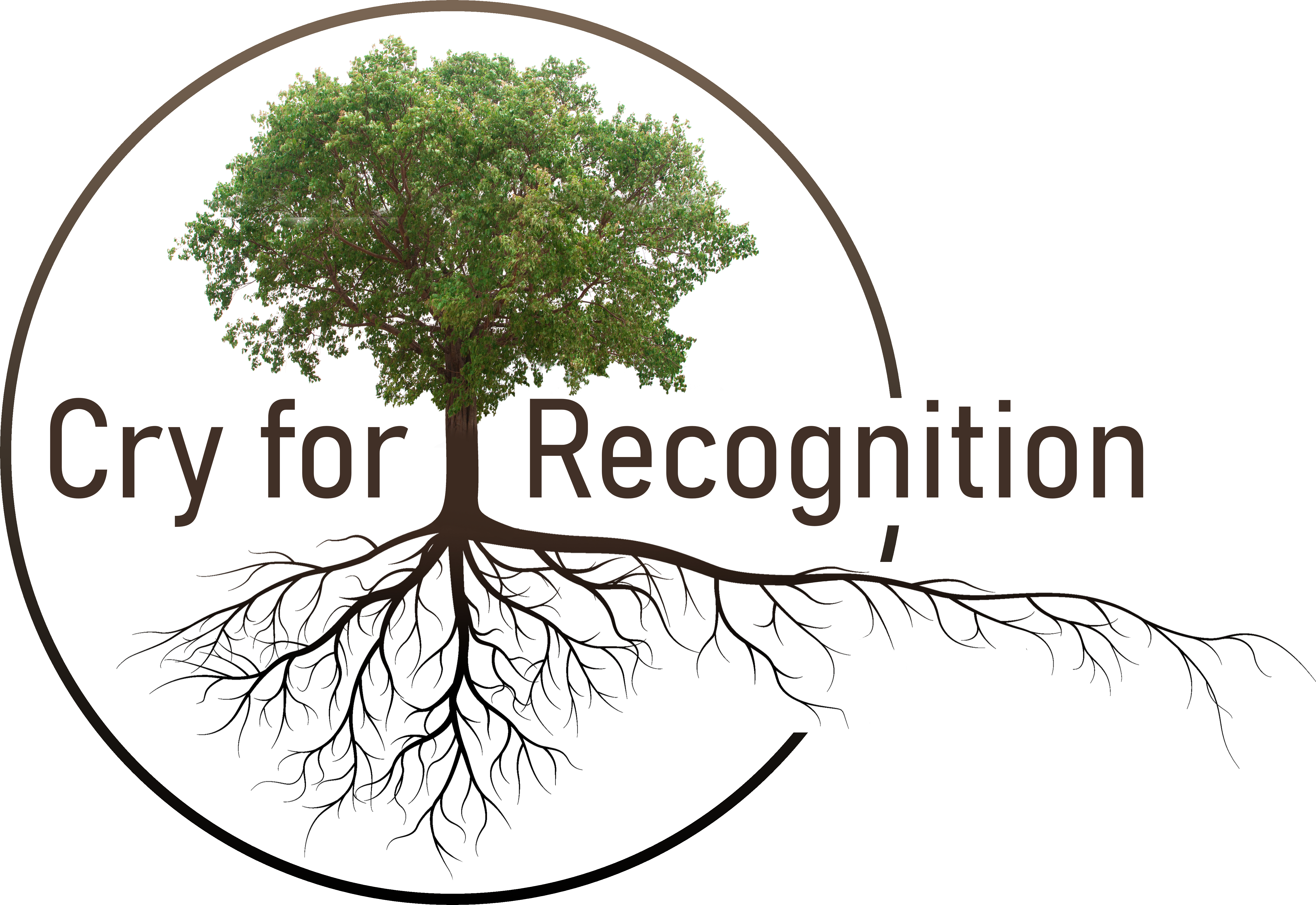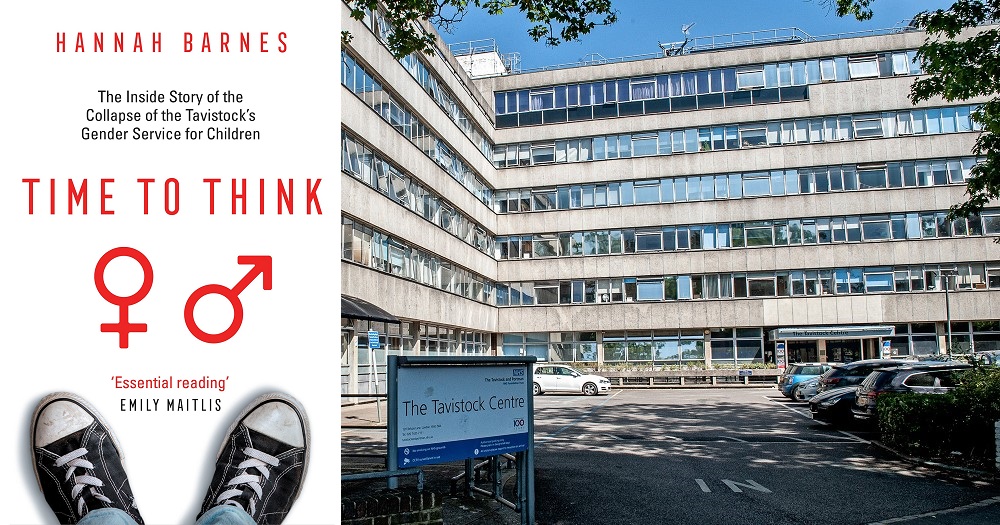Posted in May 2023
by Victoria Smith
Original: The Critic – Anatomy of a medical scandal
How not thinking can infect a workplace, community or entire culture
There’s a particularly revealing moment in Time To Think, Hannah Barnes’ story of the collapse of the Tavistock’s Gender Identity Development Service (GIDS). It’s 2017, and senior clinical psychologist Anna Hutchinson has approached service lead Polly Carmichael to raise some serious concerns.
Many people’s faith in gender identity as fundamental truth is based, I suspect, on the assumption that no one at GIDS would have done what they did without good reason.
Hutchinson is worried that thinking within the service has become too narrow, with many children being prescribed puberty blockers without due consideration of the factors causing their distress. “Oh, Anna, you can’t think like that,” Carmichael responds. “You’ll go mad!”
Alongside the many themes explored in Barnes’ excellent account — the medicalisation of childhood gender dysphoria, the influence of transgender politics on public institutions, the neglect of safeguarding protocols — there is how far some people will go to avoid uncomfortable truths.
Time To Think is about not thinking, and how it can infect a workplace, community or entire culture. It is only through this prism that we can understand how so many adults came to confuse halting the physical and emotional development of children with allowing them to find their true selves — how so many adults, in short, forgot what childhood and adolescence are.
What happened at GIDS, a service set up in 1989 to support children questioning their gender identity, is a medical scandal. It unfolded very slowly and then, over the course of the past decade, very quickly. Increasing numbers of deeply distressed young people — most of them female, many of them same-sex attracted, some of them victims of sexual abuse — were pushed towards puberty blockers.
Side-effects were not discussed; research was discontinued; indications that the treatment did not alleviate distress, and that it made progression to cross-sex hormones an inevitability, were downplayed. Employees who raised concerns were at best ignored, and at worst accused of transphobia.
It is hard to know how many children have been harmed, since lax record keeping was standard. Following last year’s Cass Report, the service is scheduled to close this spring, to be replaced by various regional centres. These must do better.

Polly Carmichael, clinical psychologist at the Tavistock Centre
Barnes’ account is incredibly detailed, with numerous interviews and case studies. As a study in institutional capture, it is utterly compelling. Those at the top were clearly frightened of pressure from groups such as Stonewall and Mermaids, but their responses were down to much more than cowardice. In fact, their capitulation is relatable, in ways that many of us might recognise from our own working lives.
When it is beyond your remit to address the vast array of causes for a problem, and the solutions you would favour are too time-consuming, too expensive or simply too unfashionable, do you do something or nothing? Even if nothing is the least harmful option, would you have the nerve to hold out?
It’s easy to dismiss those who ignored what was happening as having been brainwashed. Barnes shows the situation to be more complex, stating that GIDS “has not … generally been staffed by ideologues”. The absolutism pushed by external organisations offered a get-out to people who already felt compromised. It gave them enough myths and thought-terminating clichés to avoid having to face the real crisis before them.
For instance, by the time Trust governor Juliet Singer tried to discuss the relationship between pornography and the sharp rise in teenage girls disidentifying from their female bodies, Carmichael was able to dismiss it with, “Oh, you’re critical.”
At first, Singer did not realise this related to “gender critical” — an increasingly pejorative term for those who believe “that sex is real, important and immutable, and not to be conflated with gender identity” — or that the criticism was intended to imply that Singer was the one who had been ideologically captured.
Carmichael’s response is childish, unworthy of someone who must once have wished to engage with child welfare on a deeper level. Then again, by that stage just to be “critical” could be written off as a sign of bigotry. It was all too convenient, to such an extent that it is hard to know what anyone truly believed.
What groups such as GIRES (the Gender Identity Research and Education Society), Stonewall and Mermaids offered to GIDS was absolution. Those who work with deeply distressed children — teachers, social workers, doctors, therapists — live with an awareness of their own limitations. They cannot change histories, erase traumas, fix relationships; they cannot keep all children safe.
With a surging caseload and shifting patient profile, those working at GIDS must have felt this more than most. It just so happened there was a powerful, highly politicised narrative that told them not to worry — that actually, worrying was the problem. The fewer questions they asked, and the more they relied on a “cure” that divorced their patients’ distress from a social context they could not in any case address, the less guilt they needed to feel.
This is a hugely important book, not just from the perspective of contemporary debates about the medical transitioning of children, but from that of understanding how any scandal can happen in plain sight.
There were moments reading this book when I felt “but honestly, all of this — every last bit — is insane”. I would be overcome with frustration at the idea that we should be considering the particulars of child safeguarding or data tracking whilst ignoring the elephant in the room, namely that human beings cannot change sex and the most vulnerable children should not be encouraged to believe that they can.
There is something very wrong, in principle, with the way in which sex and gender are being understood — or not understood at all. Barnes notes, on several occasions, that there is “uncertainty, or lack of agreement at least, on what being trans even means”. It can feel as though we are analysing the structural flaws in a building whilst ignoring the fact that it has no foundations at all.
This is not meant as a criticism of the book itself. Not only would a detailed deconstruction of gender identity as a concept be beyond its remit (and there are other works, such as Kathleen Stock’s Material Girls, which attend to this), but such an approach may create opportunities for an otherwise neutral account to be dismissed as biassed or bigoted.
Situations described without further comment — the young lesbians who find greater acceptance as a trans gay couple, the male child who believes preferring ballet to sports is evidence of femaleness — allow the reader to draw his or her own conclusions.
Many people’s faith in gender identity as fundamental truth is based, I suspect, on the assumption that no one at GIDS would have done what they did without good reason. As has been the case with some of the worst psychiatric scandals, the extreme treatment is seen to validate the diagnosis. I don’t think anyone can read Time To Think and still believe this.
Towards the end there’s a striking observation from Will Crouch, a psychologist and psychotherapist who worked at GIDS between 2011 and 2013. Crouch situates GIDS within a wider phenomenon of “organisations helping a certain group of people [developing] symptoms that are related to the work that they do”.
In this particular case, practitioners are dealing with young people who already have a “deeply entrenched and concrete solution” to their own distress. To them, any challenge to their self-perception is an existential threat. This is how GIDS as an organisation came to operate. The political dynamics of trans activism came to define how the service protected itself and those within it, in ways that ultimately had nothing to do with what anyone thought about gender (indeed, the less one thought about gender in any detail, the better).
The extremist rhetoric — one that demands “no debate”, and positions anyone “just asking questions” as “denying your right to exist” — was integrated into how the service saw itself.
This is a hugely important book, not just from the perspective of contemporary debates about the medical transitioning of children, but from that of understanding how any scandal can happen in plain sight. Right now, there are many who continue to claim that there is no scandal at all, or, if there is, it is that the “criticals” have been listened to at all.
The influence of Stonewall and Mermaids within publishing and the media gives the work itself a curious status, akin to that of the beleaguered whistleblowers it describes. Like the practitioners who failed to keep accurate records on patients, not wanting to know what they would see, some booksellers have seemed reluctant to stock Time To Think or display it prominently. A fake version of the book has appeared on Amazon to direct buyers away from the original. “Don’t look!” is the message. As Carmichael warned, “You’ll go mad!”
We must look, though. As former Tavistock safeguarding lead Sonia Appleby says, we should worry “not about the people who speak up, but about the people who are silent. When there’s really difficult things happening, and everybody knows what’s happening. And there’s silence … ”


